Its time to highlight six more properties in Pennsylvania that have been recently listed in the National Register of Historic Places!
Our National Register staff has been working from home to continue to recognize significant historic properties in the commonwealth – and now we can submit nominations to the National Park Service electronically. This is a BIG shift for NPS, and one that we are hopeful will continue even after everyone returns to their respective offices.
Do you want to see a resource in your community on this list in the future? Reach out to the PA SHPO National Register staff to start the process!
Now – onto our new listings!
Crawford Grill No. 2, Pittsburgh, Allegheny County
LISTED, 7/23/2020
Listed just last week is the Crawford Grill No. 2, one of PA SHPO proactive National Register nominations. Constructed in 1917, the Sochatoff Building housing the Crawford Grill No. 2 jazz club is located a mile east of Downtown Pittsburgh in the city’s Hill District.
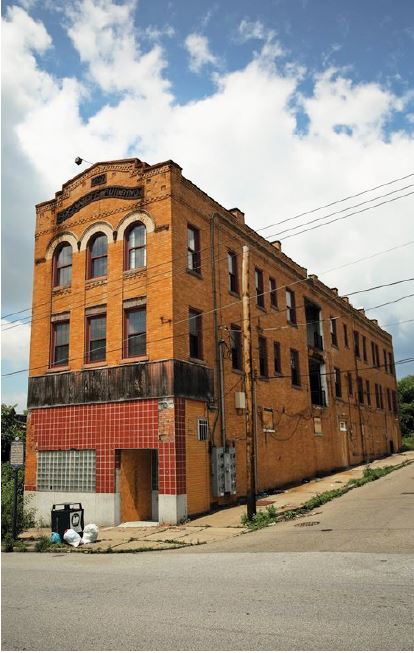
Crawford Grill #2 in 2019 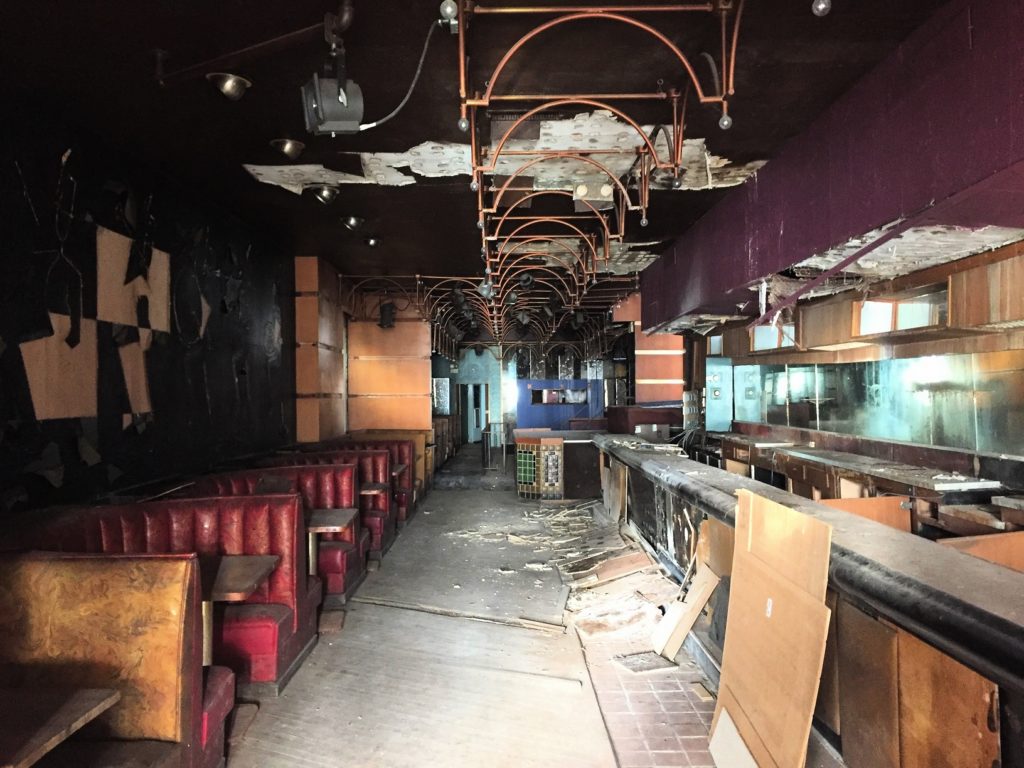
Crawford Grill #2 in 2019
The jazz club was established by African American businessman William Augustus “Gus” Greenlee and later flourished under the ownership of Greenlee’s partner, Joe Robinson, and later his son, William “Buzzy” Robinson. It operated from 1945 until 2003.
The Crawford Grill No. 2 was listed under two National Register criteria: Criterion A for Performing Arts, and Criterion B for its association with William “Gus” Greenlee, the long time owner and manager of the club.
The National Park Service also added an additional area of significance for Black heritage, as the most significant extant resource representing the broad contributions of the Crawford Grill #2 venue that served as a center of Black social life within Pittsburgh’s Hill District neighborhood.
PHMC provided funding for the Crawford Grill #2 Master Development Plan through a Keystone Historic Preservation Grant in SFY2016 . You can read more about the amazing work this grant supported in this blog post from February 2019.
Crawford Grill #2 was also recognized with a PHMC historical marker in 2001.
John Wagner Family Farmstead, Lower Saucon Township, Northampton County
LISTED, 7/23/2020
Also listed last week is the John Wagner Family Farmstead, in Lower Saucon Township, Northampton County.
The farmstead consists of a brick house, a stone Standard Pennsylvania Closed Forebay barn, six smaller outbuildings, and remnants of three additional outbuildings, all dating between 1840 and 1940. The barn is an important example of a Standard Pennsylvania Closed Forebay barn, reflecting the essential characteristics of a Pennsylvania bank barn and the skill and careful craftsmanship of its builders.
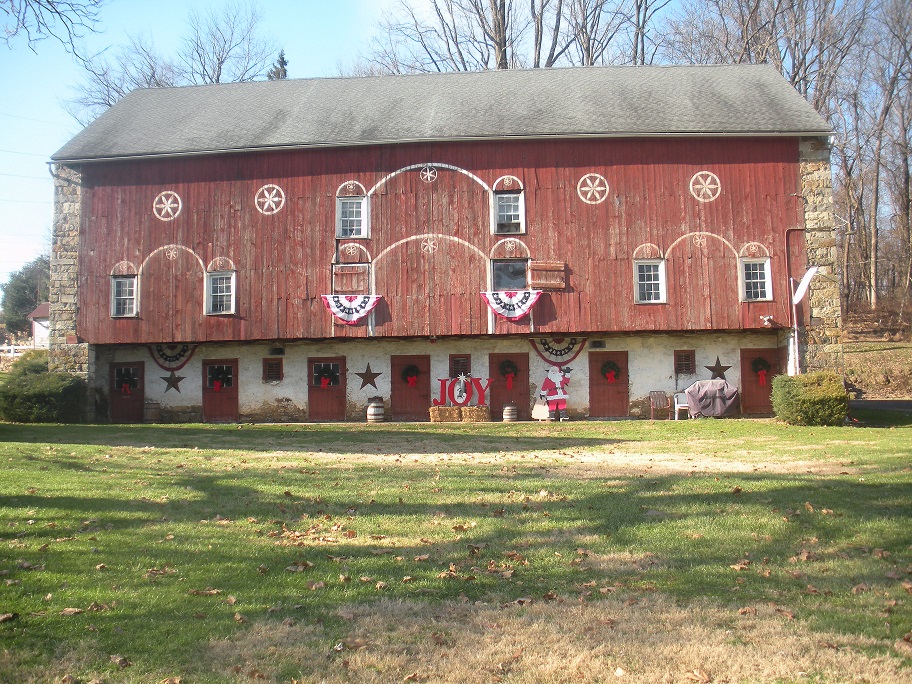
Listed under the Agricultural Resources of Pennsylvania c1700-1960 Multiple Property Documentation Form, the John Wagner Family Farmstead shows the Great Valley region’s diverse grain-and-livestock farming between early 19th century to c.1900, and aspects of the later 1900-1940 era. It is considered significant under Criterion A, for Agriculture, and Criterion C, for Architecture and Engineering, as a property that exhibits the “distinctive characteristics of a type, period, or method of construction or that represent the work of a master, or that possess high artistic values.”
John and Elizabeth Swarr House, Manheim Township, Lancaster County
LISTED, 4/24/2020
The John and Elizabeth Swarr House is located in Manheim Township, Lancaster County. It is significant under Criterion C, in the area of Architecture. It is an excellent example of a vernacular Georgian style dwelling, reflecting the adoption of English architectural styles among the traditional German/Swiss population of Lancaster County in the late 18th century.
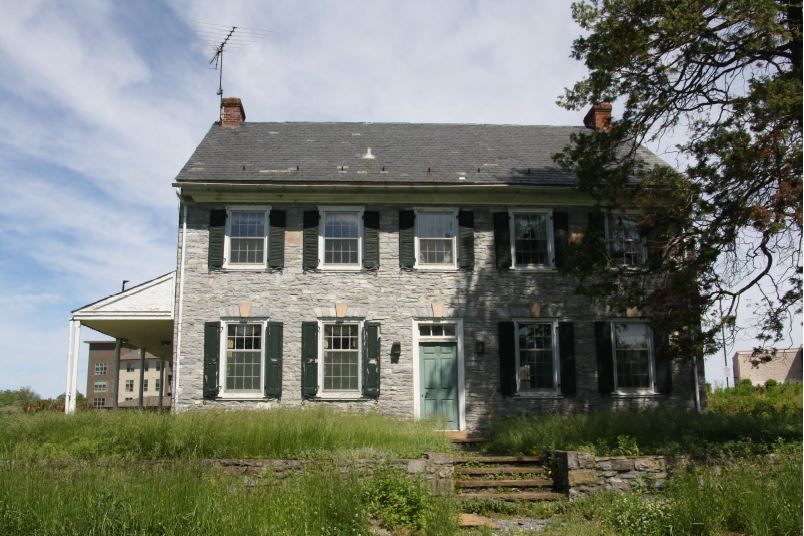
The building features key elements of Georgian style— interior and exterior symmetry, decorative flat arches over the doors and windows, interior central stair, tooled paneling, and low dados—combined with conservative modifications such as the side gable roofline, and traditional German building features such as asymmetrical gable‐end entrance, polychromatic stonework, dual date stones and vaulted stone basement.
The house also meets the registration requirements in the Historic Farming Resources of Lancaster County Multiple Property Documentation Form, as a farming related resource which has lost its agricultural context.
Locust Grove Archaeological District, Lancaster County
LISTED, 5/28/2020
The Locust Grove Archaeological District includes four significant Native American settlements, dating from AD 1250-1750. These sites document the development of late Prehistoric period Native American cultures and the effects of their initial contact with Euroamerican settlers.
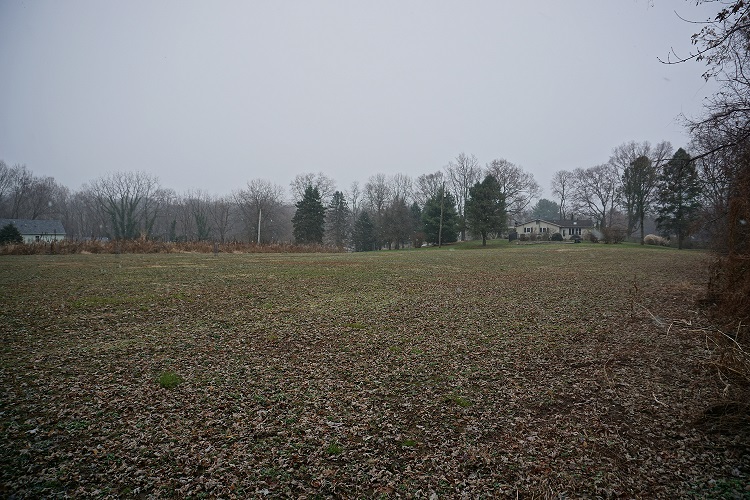
The district is eligible for listing under Criterion A, in the areas of Exploration/Settlement and Social History, and under Criterion D for its contributions and potential to contribute new information important in prehistory and history in the areas of Archaeology/Prehistoric, Archaeology/Historic-Aboriginal, Exploration/ Settlement, and Social History.
The district is significant at the statewide level; it embodies substantial changes in Native cultures in eastern Pennsylvania and the lower Susquehanna River drainage during the period AD 1250-1750.
According to the nomination, the district illustrates the transition in settlement patterns from dispersed, undefended hamlets to larger, permanent fortified villages to refugee settlement created in response to Euroamerican colonization and conflict. It documents the Native response to European settlement and related economic and political pressures during the Contact period. The district played a significant role as a refuge for Native American groups displaced from other areas of the Middle Atlantic as result of Euroamerican encroachment.
Last but not least…
Two of our new listings will be featured in the “A Place in Time” section of upcoming editions of Pennsylvania Heritage Magazine – check your mailbox or our website to read more about these resources!
Melester Barn, South Middleton Township, Cumberland County
LISTED, 2/3/2020
Waynesboro Historic District, Waynesboro, Franklin County
LISTED, 4/24/2020
Comment Policy
PHMC welcomes and encourages topic-related comments on this blog. PHMC reserves the right to remove comments that in PHMC’s discretion do not follow participation guidelines.
Commenters and Comments shall be related to the blog post topic and respectful of others who use this site.
Commenters and Comments shall not: use language that is offensive, inflammatory or provocative (this includes, but is not limited to, using profanity, obscene, or vulgar comments); disparage other commenters or people; condone illegal activity; identify the location of known or suspected archeological sites; post personal information in comments such as addresses, phone numbers, e-mail addresses or other contact details, which may relate to you or other individuals; impersonate or falsely claim to represent a person or an organization; make any commercial endorsement or promotion of any product, service or publication.
If you would like to comment on other topics not related to this blog post but related to PHMC, please fill out the PHMC Contact Us Form.

I am the president of the newly formed Delmont Historical Preservation Society in Delmont, PA (Westmoreland County). There is an old barn (Civil War era) located nearby and it has been renovated and used as a community theatre for many, many years. The owner is retiring and has put the property up for sale. We need to know how we can preserve the property, whether as a theatre or event center, but definitely keep it from being turned into another gas station or big box store.